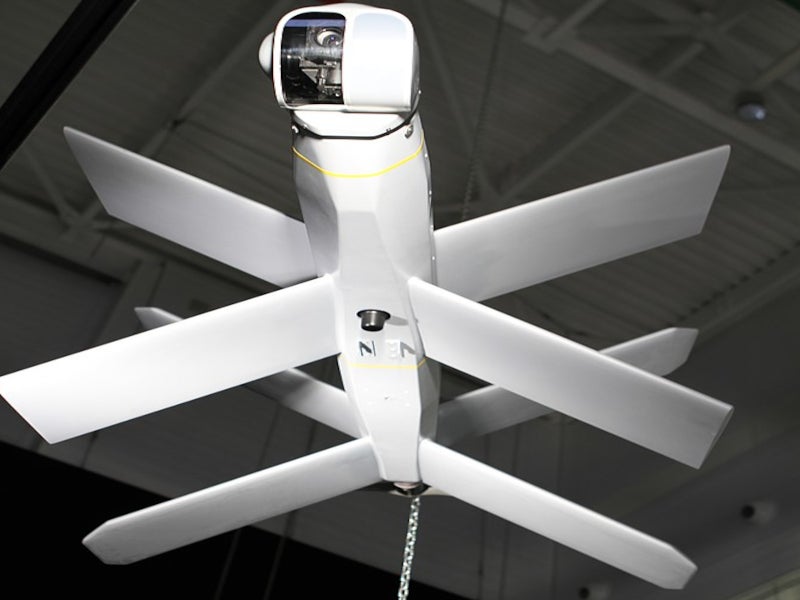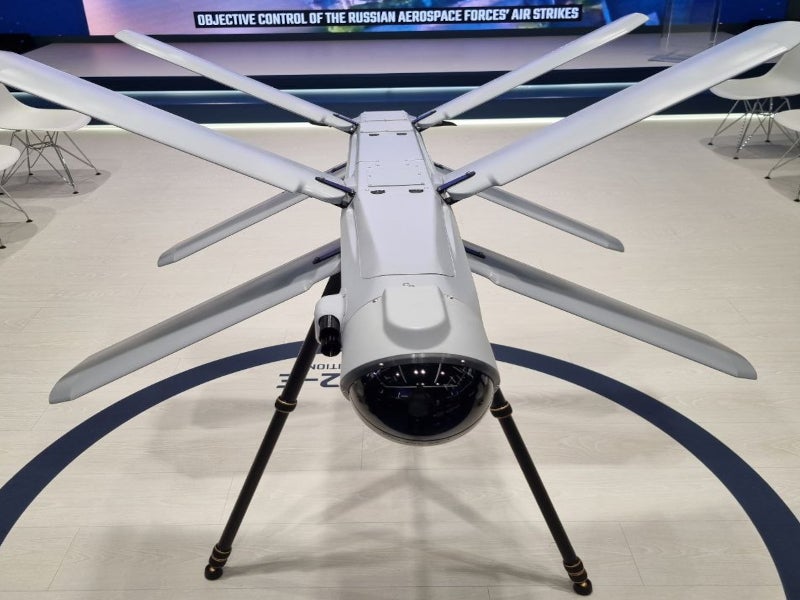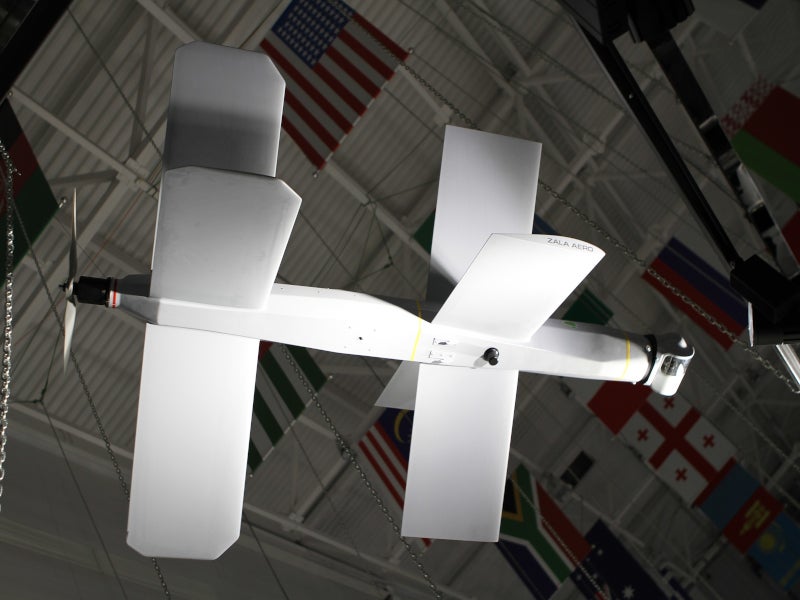The Lancet is a suicide drone developed by the Russian aerospace company Zala Aero Group, a subsidiary of the Kalashnikov Concern.
It is designed to engage targets on various terrains, including land, air and water, as per the operational requirements of the Russian Army. The drone, commonly referred to as Lancet-3 or Zala Lancet, is the more established and recognised variant, which has overshadowed its lesser-known counterpart, the Lancet-1, becoming the preferred choice for deployment.
Rosoboronexport, a subsidiary of the Rostec State, is responsible for the international marketing and sales of the Lancet drone. Since the introduction of Lancet in 2016, the Russian Army has employed more than 2,000 Lancet drones within the Strategic Defense Forces, as of July 2024.
Lancet drone design and features
The Lancet drone features an aerodynamic design with dual X-shaped wing sets affixed to the fuselage. The aerodynamic wing arrangement enhances both lift and structural rigidity, while also improving manoeuvrability and potentially increasing speed.
Lancet drones are one-way uncrewed aerial systems (OWA-UAVs) designed to loiter over hostile areas until a target is identified, at which point they dive and detonate upon impact. The systems are increasingly vital in counter-battery operations, targeting enemy artillery with precision.
The drone’s nose houses an optical sensor, with the warhead, battery and electric motor centrally located and a propulsion propeller at the rear. The airframe construction utilises composite materials for durability and performance.
The drone has a maximum takeoff weight of 12kg. Operators deploy the drone using a portable control station resembling a case, and a catapult for launching.
The drone can autonomously execute precision strikes within a 40km range at speeds of up to 110km/h, with an operational duration of 40 minutes.
Payload and guidance system
The drone is equipped with real-time video transmission, intelligence, navigation and communication modules. It features multiple targeting systems, including electro-optical and coordinate systems, and uses AI-driven capabilities powered by NVIDIA’s Jetson TX2 module for autonomous object tracking.
With a U-Blox guidance module, it effectively counters electronic warfare. The drone can carry a high-explosive fragmentation warhead, like the KZ-6, weighing up to 5kg and capable of penetrating 200mm armour. It also has a TV guidance unit for final flight control and an optical-electronic guidance unit for pre-flight programming.
Lancet drone modernisation details
Since 2019, the Lancet has undergone several upgrades, particularly after combat experiences in Syria and Ukraine. Upgrades include enhanced optical sensors, revised wing and flap attachments and improved communication capabilities.
Russian forces utilise two generations of Lancets, known as Item 52 and its successor, Item 51, which features a slightly altered fuselage and wing design. Item 51 features two identical X-wings at the front, with the tail section replaced by a single wing at the front and smaller flaps at the rear.
Item 53 development
The new generation, known as Item 53, is anticipated to be a significant advancement, introducing a network-centric swarm of drones. Each drone will be capable of receiving real-time target information from others within the swarm.
The expected features include foldable wings and a transport-launch container system, which should streamline deployment and reduce preparation time. The design will also enable simultaneous multiple drone launches. New communication and guidance systems are expected to counteract electronic warfare measures, and non-contact detonation of warheads will be introduced to overcome physical barriers near targets.
Engine
The Lancet drone is powered by the brushless AXI 5330 Gold Line electric motor made by Czech company AXI Model Motors.
Lancet drone variants
The Lancet-E system, an export variant of the Lancet loitering munition, was unveiled at the Army 2024 International Military-Technical Forum in August 2024.
The system includes the Z-16-E reconnaissance drone and two kamikaze drones, Item 51-E and Item 52-E, each with distinct range and maximum take-off weight specifications. It has an extended range of 70km to 80km from the line of engagement. After the upgrade, the new series delivers higher-quality and more stable video output to the operator. Additionally, it is equipped with a thermal camera for night-time operations.
The Lancet-E system has demonstrated exceptional battlefield effectiveness and versatility in engaging a broad spectrum of targets, from armoured vehicles and fortifications to naval assets.






